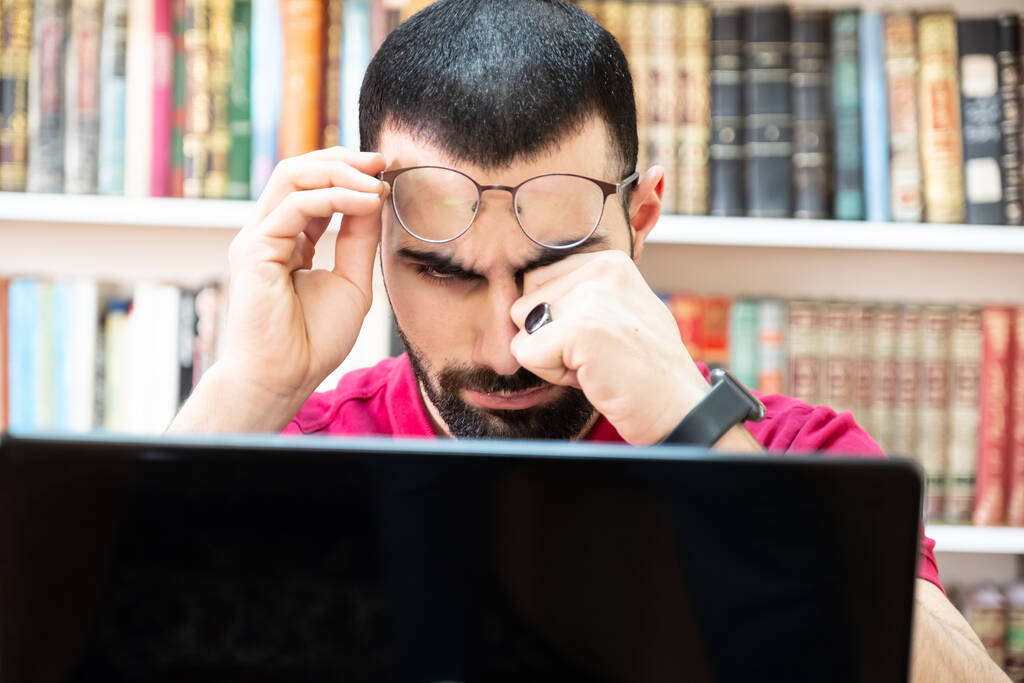6 min read
1033 words
Do you find yourself squinting at your computer screen or struggling to read road signs? It might be time for an eye exam. Eye exams are not only essential for maintaining good vision but can also detect underlying health issues. In this article, we will discuss everything you need to know about eye exams, from why they are important to how often they should be done.
3 reasons to book an eye exam
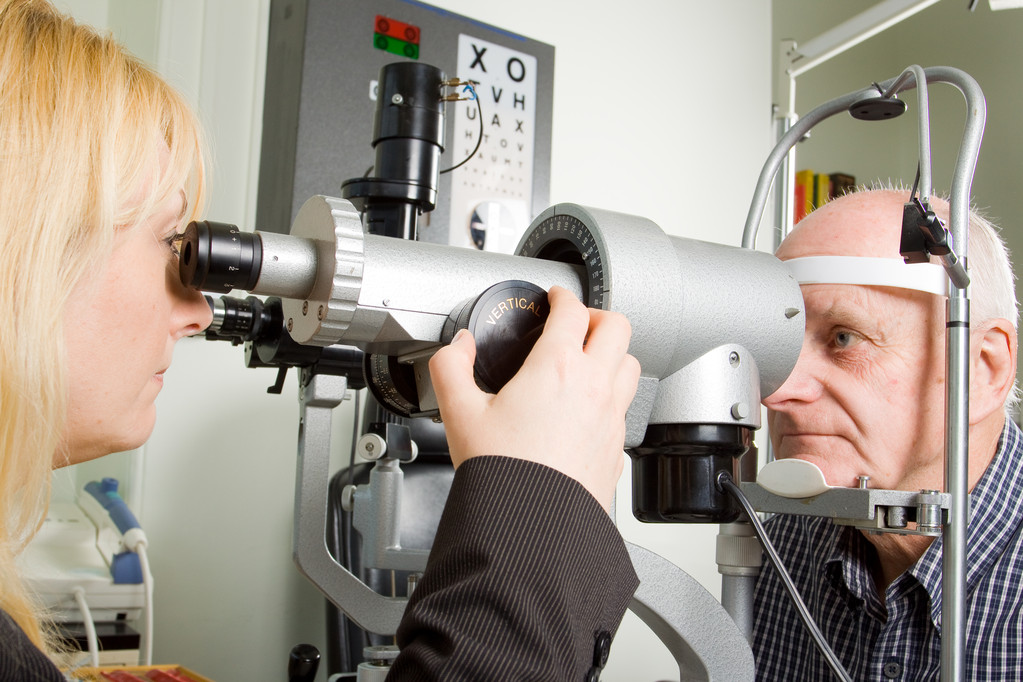
Here are just three of the reasons why eye exams are important.
1. Eye exams can help with early diagnosis of vision problems.
The expertise of an ophthalmologist and sophisticated equipment and technology can help detect many vision problems before they cause any irritation or issues for the patient. It’s crucial to catch eye health problems early. Often, eye doctors can take steps to prevent further deterioration and vision loss if the problem is identified at an early stage. Therefore, getting an annual eye examination is optimal to protect your sight and eye health for the long term. Regular eye checks also make sure you are able to do everyday activities like driving and using a computer, safely and without discomfort.
2. Eye health checks can reveal other health problems, too.
As above, getting an eye test is good preventative healthcare, but not just for your eyes. Eye health checks can reveal the first signs of general health problems, including some common issues like diabetes and high blood pressure through to rarer problems like some cancers. Your eye exam has an important role in taking care of yourself and your overall health. If your ophthalmologist identifies any warning signs of general health problems, they will advise you to seek advice from your family doctor.
3. Eye health can deteriorate quickly.
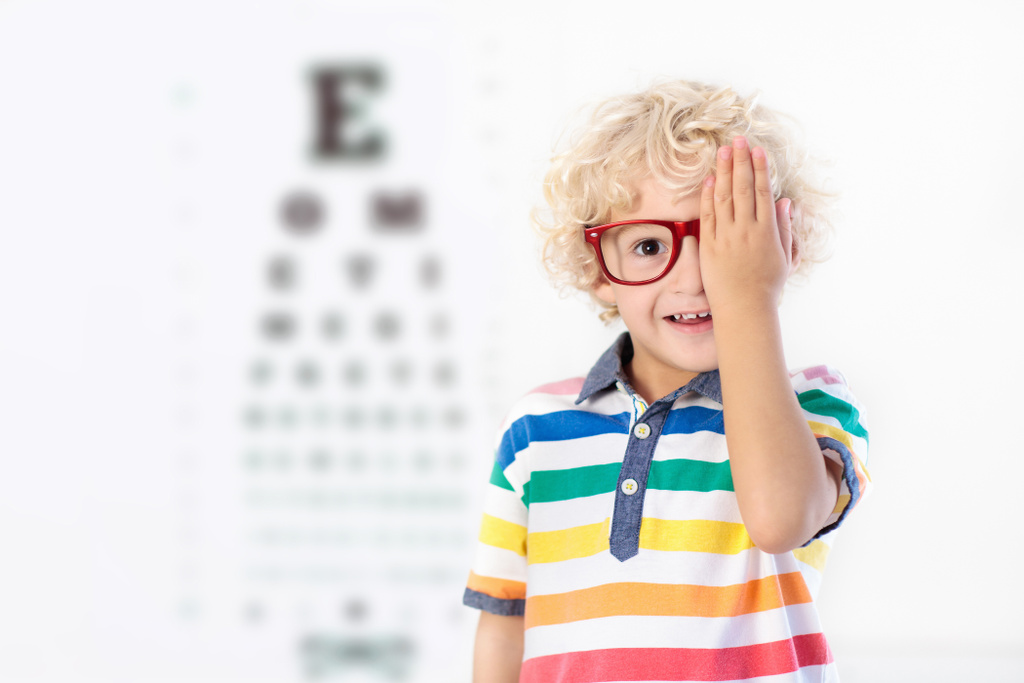
Your eyes will change over your lifetime and some problems can emerge quickly between annual eye exams. Ageing is a common cause of eyesight deterioration that can begin around or after the age of 40. Presbyopia and cataracts are two of the most common age-related eye problems. Your ophthalmologist can treat and alleviate symptoms for both. For children, it is also particularly important to see an eye doctor once a year. We recommend that your child get their first eye exam before they start school to check if their eyes are developing normally, and then pay a visit every year. The common eye problem myopia (shortsightedness) typically appears amongst children of school age and progresses through to the teenage years. It can be spotted early at an annual eye exam and treatments can help slow its progress.
What will your doctor do during an eye exam?
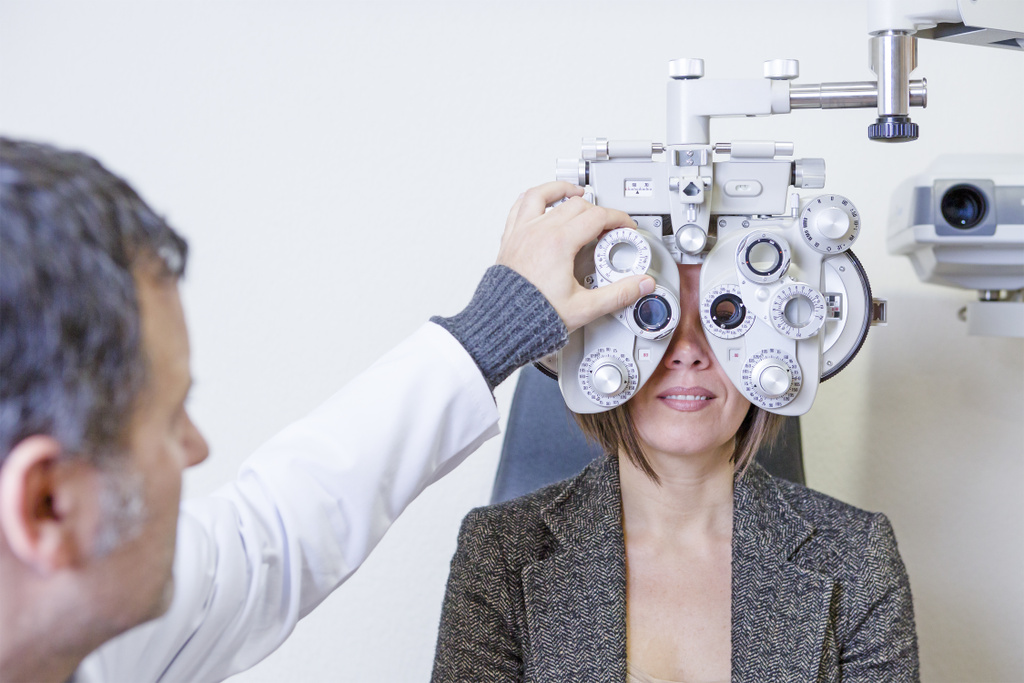
It’s quite normal to feel a little apprehensive about an unfamiliar doctor checking your eyes and the equipment they use. The following information sets out what to expect at an eye exam to set your mind at ease.
At the clinic, your eye doctor will complete most or perhaps all of the steps below. The portfolio of tests they run will depend on a few factors, such as your age and health history.
1. Take your medical history
Your ophthalmologist needs to have a full picture of any eye or general health problems affecting you. This will ensure that they run all the necessary tests and provide personalised eye care advice. Some of your family medical history will also be taken. This will identify any conditions you may be at elevated risk of and help make sure you are tested appropriately.
2. Ask you to read letters on a chart
Most people are familiar with this aspect of an eye examination. It involves reading aloud lines of letters in gradually smaller sizes printed onto a chart called the Snellen Eye Chart. The official name for this part of the exam is a ‘visual acuity test’ and it measures the sharpness of your sight.
You may also be asked to read the letters through different lenses to help determine if you need glasses and what prescription is required, making it easier to buy prescription glasses tailored to your vision needs.
3. Check your colour vision
Colour vision loss can indicate eye health problems, so your eye doctor will check if you are able to see colour well. This will involve detecting and looking at coloured dots with numbers.
4. Conduct a visual field check
Your eye doctor will look for signs of problems in your peripheral vision and for the presence of blind spots. They may use their finger for this check, moving it side to side and up to down. It is also common to use a computer program for this part of the eye examination, too.
5. Complete the puff of air test
By blowing a tiny puff of air into your eye from a device called a tonometer, your eye doctor can check for signs of high pressure in your eye. The device takes a measurement of the pressure required to flatten a part of the cornea and can help identify signs of glaucoma. Although it is an odd feeling, it is not painful.
6. Do a slit lamp examination
This involves taking a really close look at your eyes through a special microscope called a slit lamp. Your eye doctor will carefully examine the exterior of your eye and then use an additional microscope to check the internal structure of your eye, including the retina and optic nerve.
The slit lamp exam is used to look for various conditions, diseases and signs of ageing, including cataracts and corneal ulcers.
7. Dilate your pupils
If your medical history suggests you may be at risk of certain eye diseases, your eye doctor will want to check the internal parts of your eye even more thoroughly. Dilating your pupils using special eye drops simply makes it easier for them to check for signs and symptoms of various conditions.
Schedule your eye exam
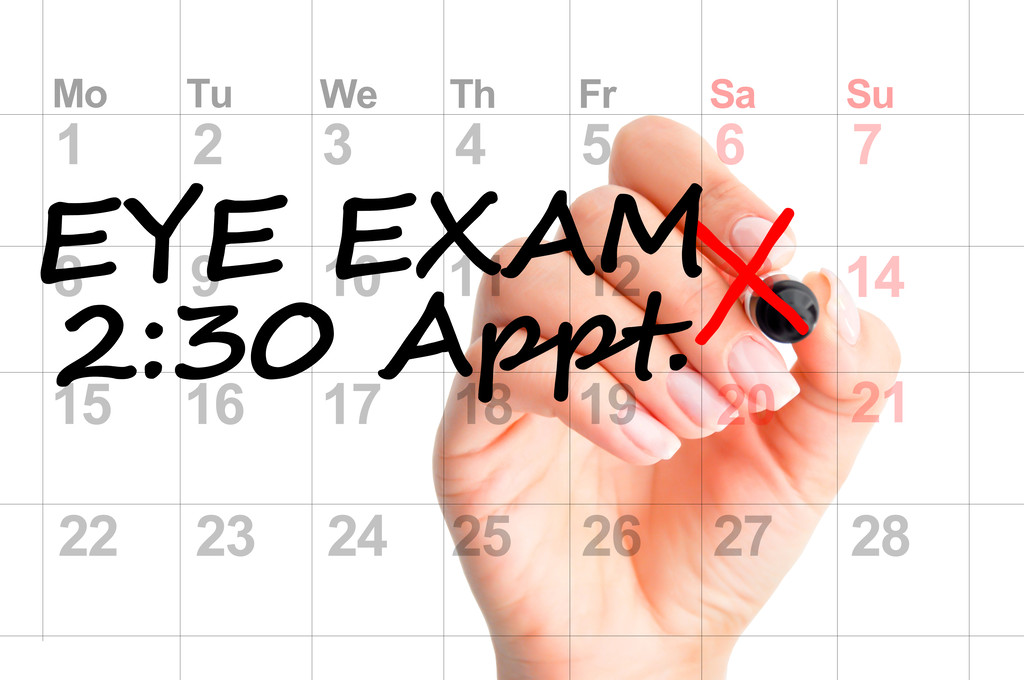
In conclusion, booking an eye exam is vital for maintaining healthy vision, detecting eye diseases early, and updating your prescription. Your eyes are precious, and taking care of them should be a priority. Don’t wait until you notice changes in your vision – schedule an eye exam today and take the first step towards preserving your eye health for the future.
